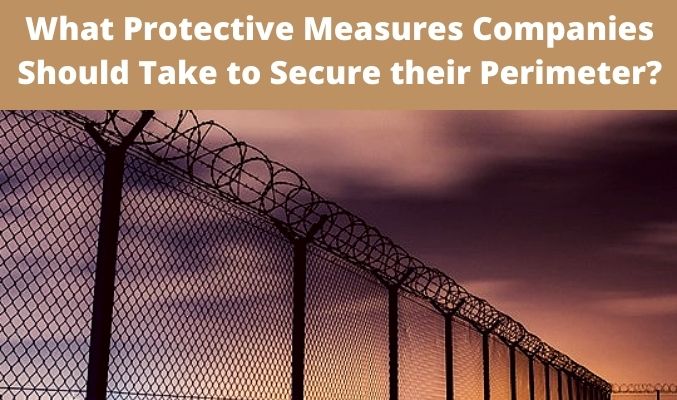

Physical security measures are those that restrict access to sensitive areas. As a general rule, perimeter security is the cheapest form of physical security. However, perimeter security can be combined with other types of physical protection, such as electronic monitoring and detection systems and guards to create a more secure environment.
Perimeter security is concerned with controlling access to the site itself. This can include control of vehicles attempting to enter the site or specific buildings on it. The goal of perimeter security is to prevent unauthorized access to restricted areas and provide a barrier to keep intruders out.
Here are some of the common steps companies can take to secure their perimeter:
The layout of a building or site also plays a role in determining how easy it is to break into. Is there one main entrance which makes it easier for intruders? Is there a lot of open space or can intruders hide from view? Are there other ways onto the site that make getting past security guards easier? If possible, companies should try to ensure their site is difficult to access through structural barriers.
A fence is a physical barrier that defines the boundaries of an area. There are many types of fences and ways to build them. There are several things to consider when you are planning to build a fence: the height, the material you are going to use, what type of fence it is and whether you need a boundary marker or not. The height should be high enough so people cannot jump over it but low enough so you can see over it.
Anti-climb guards are used to prevent intruders from scaling a wall or fence. This category of security measures includes barbed wire and razor wire. Barbed and razor wires are both constructed with sharp, pointed ends that stick into a person who tries to climb over it.
Anti-climb measures should also be used in conjunction with a properly constructed wall or fence. The wall or fence can act as a physical barrier to prevent access to a building and the anti-climb measures can prevent access to the wall or fence itself. A secondary layer of protection is therefore maintained by having both devices in place.
These are just a few of the steps companies can take to create an effective perimeter security plan. Of course, depending on your distinct needs, a lot more things can and must be done to strengthen your perimeter security, like installing CCTV cameras everywhere, investing in seismic detectors, hiring a bigger security team, and more. In all, with security risks high for companies/industrial complexes, the need to level up the perimeter security arrangements is essential. So, be proactive on this end and make sure your property is secured all the way!